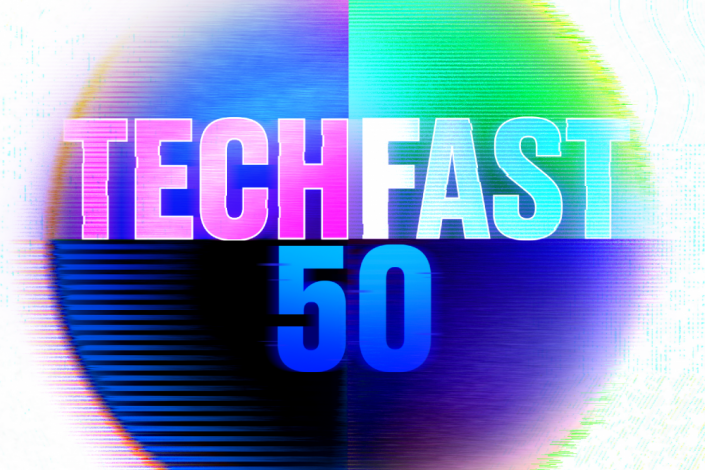When LTO technology was first introduced in the 1990s, it became a viable choice in a complex array of tape storage options. In the early days of its inception, it displayed similarities to that of the tried and proven DLT technology.
With excellent throughput, it is one of the market leaders with tape media capacities continually improving and doubling through its releases. LTO technology was developed by a consortium of manufacturers including IBM, HP and Quantum. As a result of widespread licensing, the technology is very popular with high acceptance and adoption rates.
Obtaining the maximum tape drive throughput can be an issue if the host is unable to sustain the data transfer rates provided by the tape drive, especially with faster models. This is ordinarily overcome with variable speed technology, generally introduced in the second or half height release of each tape drive generation. In addition, RFID barcode technology has been adopted inside the media which is an excellent addition for versatility in future applications. LTO technology is certainly at the industry forefront and is highly recommended with most major OEMs releasing their own version/brand of LTO tape drives.
Problems associated with LTO technology
- LTO tapes can now be over 20 years old and as these tapes age, data recovery decreases. For older generations of LTO, drives are now obsolete and data throughput rates are superseded.
- LTO also has a well-planned release and migration roadmap for the next several years.
The LTO inner mechanisms, from an engineering and support perspective, are high quality and have been borne from that of the IBM 3590 breed, making them robust and easily serviced. All LTO generations have had a proven performance and total cost of ownership track record within the medium to large enterprise markets. According to Tape Ark’s Risk Rating, any LTO tape is ranked 5 out of 10, with 10 being the most at-risk.
What to do if you have LTO technology as part of your tape media collection?
We strongly advise taking immediate action if you have (or think you have) LTO tapes as part of your tape media collection. As a first step, we recommend undertaking a Comprehensive Media Audit (CMA). This is a low-cost, low-touch solution uniquely designed to provide a detailed assessment of your recording media collection. With the results, informed decisions can be made on the relative importance and value of the data, and how best to treat your collection to align with strategic business objectives and retention policy requirements.
The in-depth examination provides accurate information to make decisions:
- An accurate count of all the media and format types in the collection.
- Analysis of the overall volume of data is then used to determine an accurate cloud footprint of the collection and the necessary cloud storage requirements.
- A risk profile of each media type enables enhanced media sequencing for priority processing to avoid exposure to data loss, tape obsolescence and orphaning.
- Identification of duplicated media items to avoid ingesting multiple copies to the cloud.
We all understand the power of data. For today’s data custodians of yesterday’s data, we recognize the value potential of that data in use, not just in storage. The question of whether to retain the data or not can now easily be answered.






